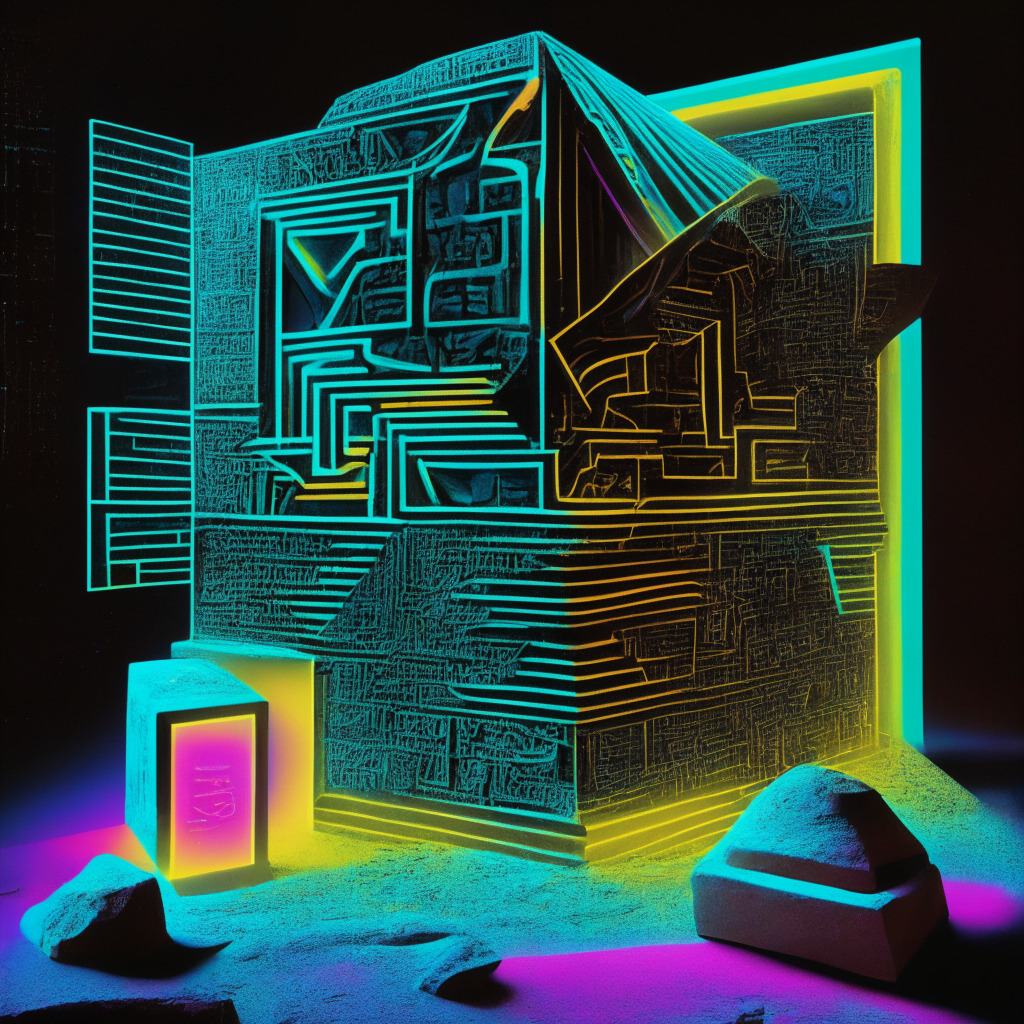Swiss nonprofit, Anoma Foundation, has recently secured $25 million in funding, enabling them to continue the development and research of their third-generation blockchain architecture. This innovative technology aims to provide a wide range of decentralized applications (DApps) and services, including decentralized exchanges (DEXs) and blockchain rollup protocols.
Anoma’s co-founder, Adrian Brink, expressed that its third-generation architecture offers increased composability and ease of use compared to existing smart contract protocols, such as Ethereum and its Ethereum Virtual Machine (EVM). As the first intent-centric architecture, Anoma marks the third generation of architectures that oppose the current transaction and blockchain-centric architectures.
The evolution of blockchain systems has been significant, with Bitcoin being the first generation of scriptable settlement architectures, and Ethereum emerging as the second generation with programmable settlement architectures. Anoma strives to further decentralize existing blockchain-based applications and platforms.
The funding acquired in the latest fundraising round will be used to support ongoing development and research initiatives for Anoma’s architecture, as well as the creation of developer tools for its ecosystem. Anoma’s primary design principle of intent-centricity allows for fully decentralized versions of existing DApps, such as rollups, nonfungible token (NFT) marketplaces like OpenSea and Flashbots, and decentralized exchanges with centralized components and limited on-chain settlement functions.
According to Brink, Anoma’s intent-centric design represents a radical new approach to architecting decentralized systems, contrasting transaction or blockchain-centric methods like Bitcoin, Ethereum, and other blockchains. In July 2022, a report by Chainalysis highlighted the landscape, noting Algorand, BNB Chain, and Avalanche as competing layer-1 competitor chains to Ethereum, which aim to provide greater scalability or security.
However, skeptics might argue that while intent-centric architecture promises innovation and decentralization, it remains to be seen whether this new approach can withstand potential challenges, such as increased transaction fees or network congestion, crucial factors that may affect its success in the long run. Additionally, as new layer-1 blockchains are designed in the mold of Bitcoin and Ethereum, enabling transaction and smart contract functionality, it will be interesting to observe if intent-centric architecture fares better within the competing landscape or remains a niche offering.
Nonetheless, the recent funding success of the Anoma Foundation highlights the growing interest and support in the blockchain industry for developing more advanced, decentralized architectures, potentially pushing the boundaries of what DApps and services can achieve.
Source: Cointelegraph




